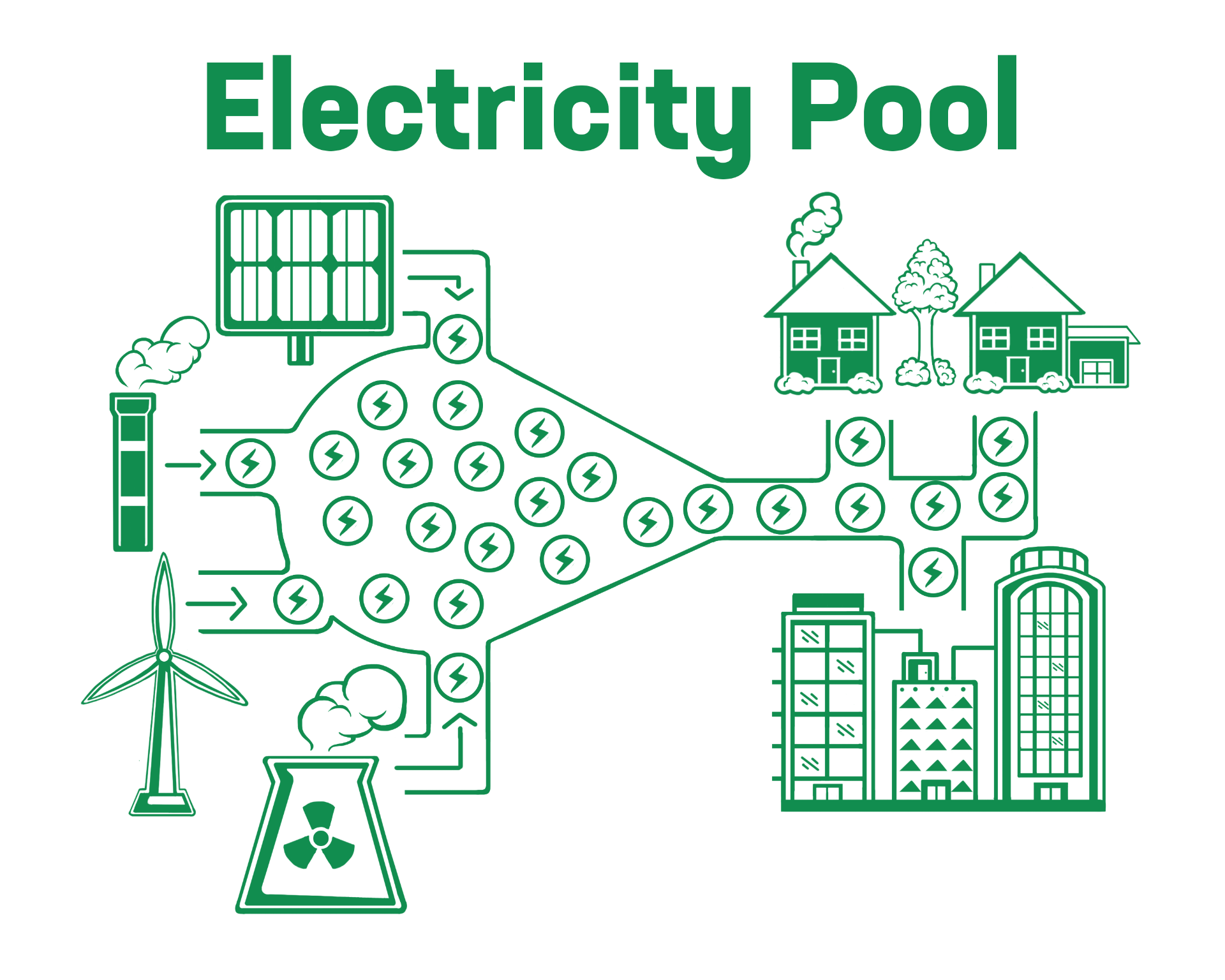Story by Julia Laquerre with the Climate Justice and Sustainability Hub
When you think of clean energy, images of wind turbines and solar panels often come to mind. These sustainable sources work in harmony with the earth, ensuring an ongoing supply without depleting natural finite resources. However, most people don’t have the ability to install or use renewable energy where they live or work, so how can they support renewable energy without directly using it?
Northeastern University has found a way through the purchases of renewable energy certificates, or RECs. These certificates represents a commitment to the renewable energy market, allowing Northeastern to cover 100% of its massive annual electricity consumption, approximately 95,000,000 megawatt hours with renewable energy.
Understanding renewable energy and RECs
Renewable energy is derived from naturally replenished sources like wind, moving water, sunlight, and geothermal heat. In contrast, nonrenewable energy often originates from fossil fuels such as coal or natural gas. The electricity grid supplying power to Northeastern encompasses both renewable and nonrenewable sources. Unfortunately, once in the “electricity pool,” it becomes challenging to discern the energy’s origin.
Here’s where Renewable Energy Credits come into play. When Northeastern buys electricity, it may come from a mix of sources, including fossil fuels, solar, nuclear, or wind. RECs allow the university to purchase the renewable energy attributes of a specific project, certified by independent third parties. By doing so, Northeastern contributes to the support and growth of renewable projects, encouraging a shift away from nonrenewable sources.

https://www.massclimateaction.org/recs
Why are RECs important to Northeastern?
The university’s commitment to reducing its carbon footprint is evident in its REC program, aligning with the Climate Justice Action Plan. Jacob Glickel, Director of Sustainability Operations at Northeastern University, emphasizes that while RECs are not the ultimate solution, they serve as a crucial interim measure while robust decarbonization planning and investments can take shape now and over the next decade. “It’s a stopgap to show that we’re committed to reducing our carbon footprint and our impact,” Glickel affirms.
What is in store for Northeastern?
Looking ahead, Northeastern has a series of ongoing initiatives to meet its carbon reduction goals. Glickel explains, “We have a number of ongoing initiatives to meet our carbon goals, including developing shorter-term projects, like solar power and building level energy efficiency along with longer-term solutions that remove the use of fossil fuels for heating.” These efforts signify the university’s enduring dedication to making a positive environmental impact.
In championing renewable energy through RECs, Northeastern University stands as a beacon of sustainability, demonstrating the institution’s commitment to a greener future.

